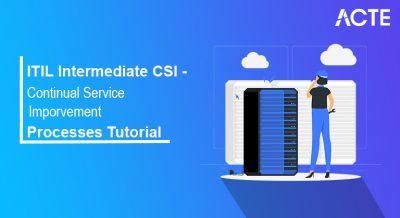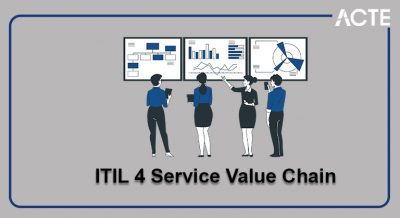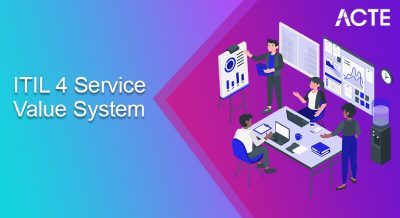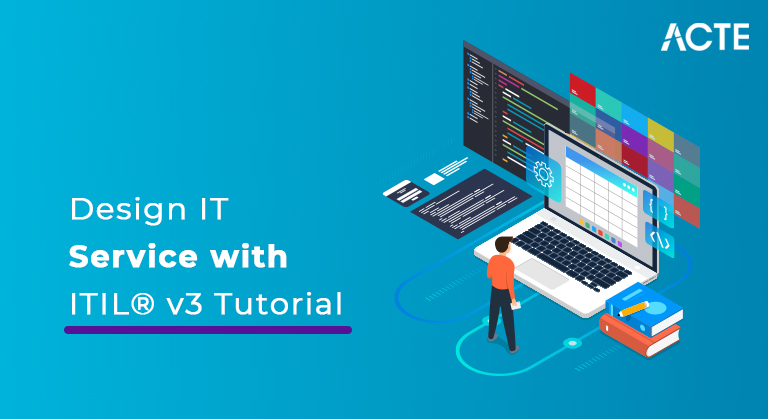
- Introduction to Design IT Service with ITIL
- Adjusted Design IT Service with ITIL
- Parts of Service Design
- Services Oriented Architecture
- Requirements for SOA approach
- Main interest group
- ITIL Credit System
- Who is ITIL® Intermediate Service Design for
- ITIL® Intermediate Service Design Certification Course Overview
- Key elements of this ITIL Intermediate Service Design Training
- The ITIL Library has the accompanying parts
- Services Transition
- Functions of Service Design
- Specialization and coordination across the lifecycle
- Services Management exercises
- Conclusion
- Plan coordination.
- Services index the board.
- Services level Services.
- Usefulness with the necessary quality.
- Assets for example staff, advances, and accessible funds.
- Schedule
- IT Services intended to meet business targets.
- Servicess intended to be both fit for reason and fit for use.
- Cost of proprietorship planed to accomplish profit from speculation.
- Adjusted usefulness, cost and execution.
- IT benefits more steady and more unsurprising.
- Potential danger moderated, so the IT Services is shielded from security dangers.
- Plan innovation designs, the executives models, and framework the board apparatuses.
- Plan of the estimation frameworks, strategies, and measurements for Servicess, cycles, designs and hidden parts.
- Plan of the assistance arrangement including all concurred practical prerequisites, assets and capacities.
- Meaning of Servicess
- Clearness in regards to connection points and conditions between Servicess
- The use of norms for the turn of events and meaning of Servicess
- Utilization of extensively based advancements and instruments.Provider the board.
- Limit the board.
- Accessibility the board.
- Services coherence the executives.
- Data security the board.
- The plan interaction is crucial to the proceeded with progress and improvement of Servicess inside the IT lifecycle and this module will likewise show you methods needed to create, oversee and incorporate assistance plan into the IT Service the board cycle.
- The course presents the reason, standards and cycles of Services plan and will likewise encourage you how to put together and execute this as a component of in general help the executives just as giving direction on innovation related exercises and contemplations. It likewise exhibits how Services configuration connects with different phases of the ITIL v3 Service Lifecycle.
- The course covers the executives and control of exercises and procedures that are archived in the ITIL v3 Service Design distribution, yet it doesn’t give the full detail of each supporting cycle. More data about these cycles can be found in the Service Offering and Agreements module from the Service Capability workstream.
- Great assistance configuration can work on the arrangement of IT with the general business and client needs and the accreditation will delineate the significance of planning steady help configuration rehearses to accomplish this. The Service Design module gives direction on the most proficient method to make and send off items and Servicess that will meet the prompt and progressing needs of associations and projects.
- Limit Manager
- Accessibility Manager
- Services Level Manager
- Business Continuity Manager
- Services Portfolio Manager.
- This rundown is an aide in particular, and decisions will rely upon individual vocation objectives and destinations.
- Test Format
- Different decision assessment questions
- Eight inquiries for every paper 28 imprints needed to drop (of 40 accessible) – 70% an hour and a half’s term
- ITIL® Intermediate Service Design centers around its plan Servicess.
- It centers around its plan Servicess and covers the models, cycles, strategies and documentation that empowers you to configuration benefits that address the issues of the association or program.
- The plan cycle is crucial to the proceeded with progress and advancement of Servicess inside the IT lifecycle. This module will give you admittance to the procedures needed to create, oversee and coordinate assistance plan into the IT Service the executives cycle.
- It likewise presents the reason, standards and cycles of Services plan and helps you how to put together and execute this as a component of by and large assistance the board, just as giving direction on innovation related exercises and contemplations. Furthermore, this module shows how Services configuration connects with different phases of the ITIL Service Lifecycle. The Service Design affirmation must be taken after an authorize instructional class.
- ITIL® Intermediate Service Design is appropriate for IT experts in places like Capacity Manager, Availability Manager, Service Level Manager, Business Continuity Manager, Service Portfolio Manager. It is likewise applicable to CIOs, CTOs, IT Consultants, IT Audit Managers, IT Security Managers, and other IT experts associated with its plan Servicess.
- NOTE: There is an authority end date declared for the ITIL Intermediate-Service Design module in English starting at 1 January 2022. After that date, up-and-comers with comparable interests should think about taking the ITIL 4 Specialist: Create, Deliver and Support or the ITIL 4 Specialist: Drive Stakeholder Value modules.
- For Servicess to give certified motivator to the business, they ought to be planned with the business objections at the highest point of the need list. Configuration incorporates the whole IT relationship, for it is the affiliation that passes on and backs the Servicess. ITIL Service Design (SD) is the stage in the lifecycle that transforms an assistance technique into a plan for passing on the business objections.
- ITIL SD provides guidance to the plan and improvement of Servicess and Services the executives practices. It covers plan guidelines, strategies for changing over crucial focuses into course of action of Servicess and Services assets. The degree of ITIL Service Design isn’t compelled to new Servicess, it fuses the movements and overhauls essential to augmentation or keep up a motivation to customers over the lifecycle of Servicess, the coherence of Servicess, achievement of Services levels, moreover, conformance to benchmarks and headings. It guides relationship on the most capable technique to make plan capacities for Services the executives.
- Various subjects in ITIL SD joins – plan coordination, Services list the executives, Services level Services, availability the board, limit the executives, IT Services congruity the board, information security the board and supplier the executives.
- Plan for and pass the ITIL Service Design (SD) Exam
- Characterize the objective, targets, and extent of SD
- Layout key exercises for SD processes
- Upgrade its nature Services arrangement inside an association
- Measure SD utilizing basic achievement factors and key execution markers
- The Service Design period of the ITIL Service Lifecycle takes business necessities and, involving five angles for Service Design, makes Servicess and their supporting practices that satisfy business needs for quality, dependability and adaptability. Services Design is iterative all through the Service Lifecycle, and starts with a strong diagram that empowers the form, test and delivery phases of Service Progress through the Service Design Package.
- Perusers will find out with regards to plan standards for application, foundation, cycles and assets, just as obtaining models. Services Managers will likewise track down direction on the designing of sound prerequisites, Supplier The board and key plan contemplations for Services rethinking.
- Regardless of whether you are an inside or outer specialist organization, you are important for a worth organization and fill a basic job in the Service Lifecycle, by incorporating the best rehearses for Service Design and the ITIL Service Lifecycle into inventive items for the business client. The Service Design distribution gives the information and abilities needed to collect the best mix of Services resources for produce quantifiable, versatile and creative Servicess, along the way to support greatness.
- Any IT specialist organization who is relied upon to convey quality to the business client should have the capacity to configuration benefits that measure up to assumptions, then, at that point, proceed to surpass those assumptions. 1.2.3 ITIL and great practice in Service Management The setting of this distribution is the ITIL Framework as a wellspring of good practice in Service Management.
- ITIL is utilized by associations worldwide to set up and further develop capacities in Service Management. ISO/IEC 20000 gives a formal and all inclusive norm for associations trying to have their Services Management abilities inspected and guaranteed. While ISO/IEC 20000 is a standard to be accomplished and kept up with, ITIL offers an assemblage of information helpful for accomplishing the norm.
- Services Strategy
- Services Design
- Services Transition
- Services Operation
- Nonstop Service Improvement.
- joins rehearses in Release Management, Program Management and hazard the executives, and spots them in the functional setting of Service Management.
- It gives direction on dealing with the intricacy connected with changes to Servicess furthermore Service Management processes – forestalling undesired results while taking into account development. Direction is given on moving the control of Servicess among clients and specialist co-ops.
- This distribution gives instrumental direction in making and keeping up with esteem for clients through better plan, progress and activity of Servicess. It joins standards, practices and techniques from quality Services, Change The executives and capacity improvement.
- Associations figure out how to figure it out steady and enormous scope enhancements in assistance quality, functional effectiveness and business progression. Direction is accommodated connecting improvement endeavors and results with Services procedure, plan, change and activity.
- A shut circle input framework, in view of the Plan-Do-Check-Act (PDCA) model determined in ISO/IEC 20000, is set up and equipped for getting inputs for adjust according to any arranging point of view.
- The point of this distribution is to give the peruser direction on utilizing suggested rehearses when planning IT Servicess and IT Service Management processes. This distribution follows on from the Service Strategy distribution, which gives direction on arrangement and reconciliation of the business needs to IT.
- It empowers the peruser to evaluate the prerequisites when planning an assistance, and archives industry best practice for its plan Servicess and cycles. Albeit this distribution can be perused in seclusion, it is suggested that it be utilized related to the next ITIL distributions.
- The direction in the ITIL distributions is appropriate conventionally. It is neither administrative nor awkward if used reasonably and in full acknowledgment of the business needs of the association. Services Design is significant for setting the stage to convey benefits successfully to the business and satisfy the need for development and change. Improvement is normally more noteworthy in cost and asset than improvement.
- Huge thought should in this manner be given to planning for the straightforwardness and economy of help over the entire lifecycle, however more significantly it is absurd to totally reengineer a help once underway. It could be feasible to draw near, yet it will be difficult to return to a plan once something is running. Retrofitting the configuration is troublesome and exorbitant and never accomplishes what might have been accomplished whenever planned
- This distribution is applicable to anybody engaged with the plan, conveyance or backing of IT Servicess. It will have pertinence to the IT Architect, IT supervisors and professionals at all levels. Every one of the distributions in the ITIL Service Management Center Library should be perused to completely appreciate and comprehend the generally speaking lifecycle of Servicess and of IT Service Management.
- There are multiple approaches to conveying an IT Services, for example, in-house, reevaluated furthermore association. This distribution is by and large applicable to all strategies for Services arrangement. So those engaged with conveying IT Servicess – inside their own association, in re-appropriated Services arrangement or working in organizations – will find that this distribution is pertinent to them.
- Business directors might see as the distribution supportive in comprehension and building up best practice IT Servicess furthermore support. Chiefs from provider associations will likewise track down this distribution applicable when setting up arrangements for the conveyance and backing of Servicess.
- Capacities are units of associations specific to play out particular kinds of work furthermore answerable for explicit results. They are independent, with capacities furthermore assets fundamental for their exhibition and results. Capacities incorporate work strategies inward to the capacities. Capacities have their own collection of information, which gathers as a matter of fact. They give structure and strength to associations.
- Capacities are means to structure associations to carry out the specialization guideline. Works ordinarily characterize jobs and the related power and obligation regarding a particular presentation and results. Coordination between capacities through shared cycles is a typical example in association plan. Capacities will generally advance their work strategies locally to zero in on appointed results.
- Helpless coordination between capacities, joined with an internal concentration, prompts useful storehouses that obstruct the arrangement and input that are basic to the achievement of the association overall. Process models assist with keeping away from this issue with useful progressive systems by working on cross-utilitarian coordination also control. Clear cut cycles can further develop efficiency inside and across capacities.
- There is regularly disarray around capacities, cycles, jobs and exercises. Capacities are frequently confused with cycles, and cycles confused with capacities. Services Design, just as being a phase in the lifecycle of an assistance, would itself be able to be considered by certain associations to be a capacity, by others as a job or a set of cycles or as an action.
- Whether or not it is a capacity, job, action or set of cycles relies altogether upon the size, design and culture of an association. It is critical that anyway it is characterized and executed inside an association, the accomplishment of the capacity, interaction, job or action is estimated furthermore consistently improved.
- Criticism and control between the capacities and cycles inside and across the components of the lifecycle make this conceivable. The predominant example in the lifecycle is the successive advancement beginning from SS through SD-ST-SO and back to SS through CSI. That, notwithstanding, isn’t the main example of activity. Each component of the lifecycle gives focuses to criticism and control. The mix of numerous viewpoints permits more prominent adaptability and control across conditions and circumstances.
- The lifecycle approach mirrors the truth of most associations, where viable Services requires the utilization of different control points of view. Those answerable for the plan, improvement and improvement of cycles for Service Management can embrace an interaction based control viewpoint. For those liable for overseeing arrangements, contracts furthermore Servicess might be ideally serviced by a lifecycle-based control viewpoint with unmistakable stages. Both these control viewpoints benefit from frameworks thinking. Each control point of view can uncover designs that may not be obvious from the other.
- New or changed Servicess
- Services Management frameworks and instruments, particularly the Service Portfolio, counting the Service Catalog
- Innovation engineering and the executives frameworks
- The cycles required
- Estimation techniques and measurements. The Service Design phase of the lifecycle begins with a bunch of new or changed business necessities and finishes with the improvement of an assistance arrangement intended to meet the reported necessities of the business.
- Services arrangements, including each of the practical necessities, assets also abilities required and concurred
- Services Management frameworks and apparatuses, particularly the Service Portfolio for the Services and control of Servicess through their lifecycle
- Innovation designs and the board structures and apparatuses needed to offer the types of assistance
- Processes expected to configuration, change, work and work on the Servicess
- Estimation frameworks, techniques and measurements for the Servicess, the structures and their constituent parts and the cycles.
- The methodology taken and the related timescales
- The hierarchical effect of the new or changed arrangement on both the business and IT
- The business effect of the arrangement on the association, including the financing, expenses and spending plans required
- The specialized effect of the arrangement and the staff and their jobs, obligations, abilities, information, preparing and skills needed to convey, work, keep up with and advance the new answer for the business
- The business avocation appraisal of the effect of the arrangement on existing business – this effect should be evaluated according to the perspective of IT and Service Management processes, including both their ability and execution
- The appraisal and moderation of dangers to Servicess, processes.
- Correspondence arranging and all parts of correspondence with all invested individuals
- The effect of the arrangement on new or existing agreements or arrangements
- The normal results from the activity of the new or changed help in quantifiable terms, for the most part communicated inside new or existing Service Level Agreements (SLAs), Services levels and consumer loyalty
- The creation of a Service Design Package (see Appendix A) containing all things required for the ensuing testing, presentation and activity of the arrangement or Services
Introduction to Design IT Service with ITIL
Services Design gives an outline to the Services. It incorporates planning of new help as well as devises changes and upgrades to existing ones. It additionally let the specialist co-op in on how the plan capacities for Services the executives can be created and obtained. There are eight primary cycles and exercises inside the ITIL Services configuration stage:
Adjusted Design IT Service with ITIL
It is vital for Servicess to be versatile to changing business prerequisites on powerful premise. For this an equilibrium should be kept up with between following three variables −
Parts of Service Design
Services Design centers around the accompanying perspectives −
Services Oriented Architecture
Services Oriented Architecture (SOA) alludes to creating free usable Servicess. SOA is characterized by Organization for the Advancement of Information Structured (OASIS). SOA gives greater adaptability through measured quality.
Requirements for SOA approach
Here the essentials needed for execution of SOA approach −
The Service Design (SD) module is one of the confirmations inside the ITIL® v3 Service Lifecycle workstream. It centers around its plan Servicess and covers the models, cycles, arrangements and documentation that will empower you to configuration benefits that address the issues of the association or program.
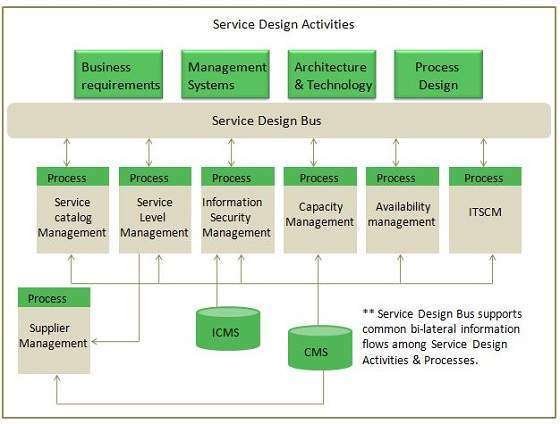
Main interest group
The Service Design certificate would suit competitors in the accompanying IT callings:
ITIL Credit System
Under the ITIL Credit System, you should acquire various credits from each ITIL certificate to advance to a higher level inside the ITIL plot. The SD module is worth three credits towards the base of 17 needed to advance to the Managing Across the Lifecycle module, which is the last advance before the ITIL Expert Level. See our ITIL Credit System page for more data.
Shut book.
Who is ITIL® Intermediate Service Design for:
ITIL® Intermediate Service Design Certification Course Overview
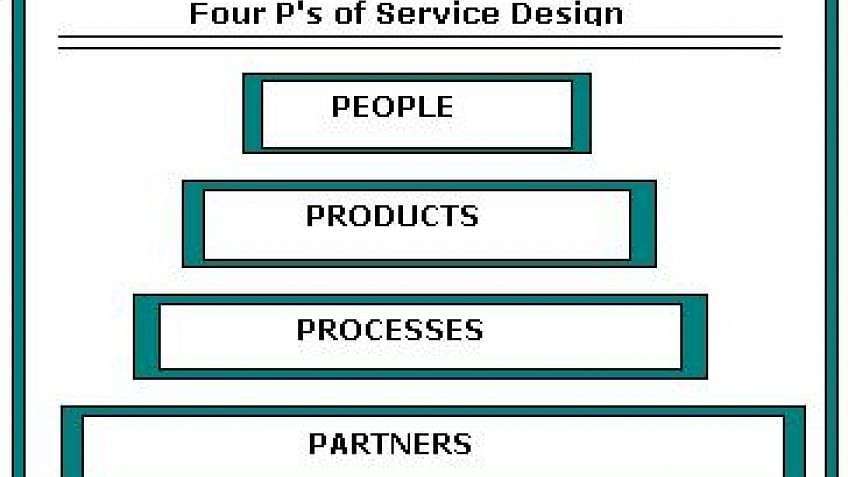
Key elements of this ITIL Intermediate Service Design Training:
Independent, on-request learning choice. Selective LinkedIn people group support included. ITIL test voucher included. You Will Learn How To:
The ITIL Service Management rehearses depend on this thought. Servicess are resources from which the client acquires esteem. How well Servicess are planned considering the clients’ requirements will foresee the worth that can be gotten from them. Without even a trace of Service Design, Services will advance casually, frequently without exploiting the more extensive viewpoint – the business view.
The ITIL Library has the accompanying parts:
The ITIL Core – best practice direction material to a wide range of associations who offer types of assistance to a business
The ITIL Complementary Guidance – a reciprocal arrangement of distributions with direction explicit to industry areas, association types, working models and innovation structures.
The ITIL Core comprises of five distributions (Figure 1.3). Each gives the direction important for a coordinated methodology, as needed by the ISO/IEC 20000 standard determination:
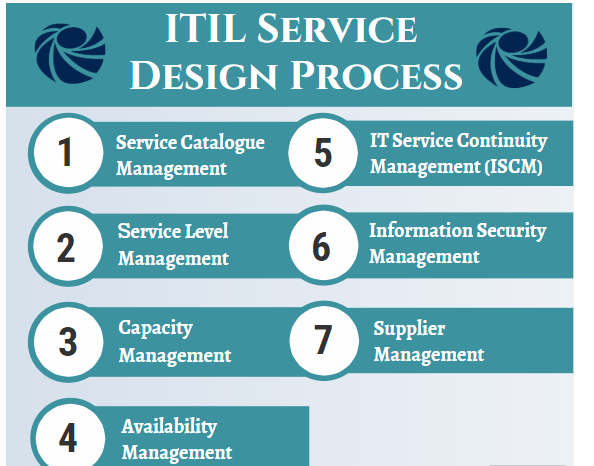
Services Transition
The Service Transition distribution gives direction to the turn of events and improvement of capacities for progressing new and changed Servicess into activities. This distribution gives direction on how the necessities of Services Strategy encoded in Service Design are viably acknowledged in help tasks while controlling the dangers of disappointment and interruption.
The distribution
Service Operation
This distribution encapsulates rehearses in the Services of Services tasks. It remembers direction for accomplishing adequacy and proficiency in the conveyance and backing of Servicess to guarantee an incentive for the client and the help supplier. Vital targets are eventually acknowledged through help activities, subsequently making it a basic capacity.
Direction is given on the most proficient method to keep up with steadiness in assistance tasks, taking into consideration changes in plan, scale, scope and Services levels. Associations are given point by point process rules, techniques and instruments for use in two significant control viewpoints: responsive and proactive.Supervisors and experts are furnished with information permitting them to settle on better choices in regions, for example, dealing with the accessibility of Servicess, controlling interest, streamlining limit usage, booking tasks and fixing issues. Direction is given on supporting tasks through new models and structures like shared Servicess, utility registering, internet providers and versatile business.
Continual Service Improvement
Reason
Usage
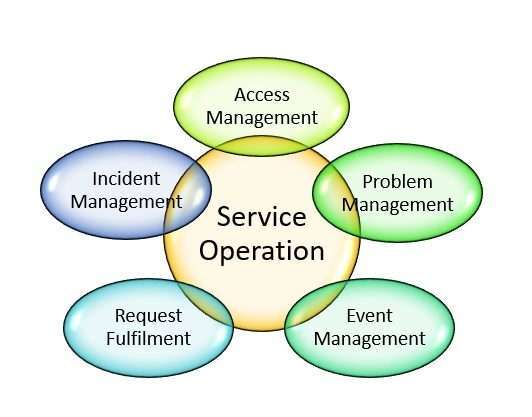
Functions of Service Design:
Process definitions portray activities, conditions and succession. Processes have the accompanying attributes:
Quantifiable – we can quantify the cycle in a pertinent way. It is execution driven. Chiefs need to gauge cost, quality and different factors while experts are worried about length and efficiency.
Explicit outcomes – the explanation a cycle exists is to convey a particular result. This outcome should be separately recognizable and countable. While we can count transforms, it is difficult to count the number of Service Desks were finished.
Clients – each interaction conveys its essential outcomes to a client or partner. Clients might be interior or outside to the association, however, the interaction should measure up to their assumptions.
Reacts to a particular occasion – while an interaction might be continuous or iterative, it ought to be discernible to a particular trigger.
Specialization and coordination across the lifecycle
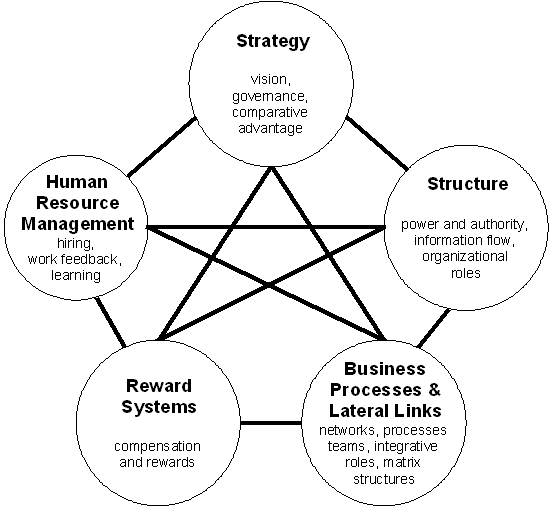
Scope
There are five individual parts of Service Design considered inside this distribution. These are the plan of:
Plan viewpoints
A by and large, coordinated methodology ought to be embraced for the plan exercises reported in the past area and should cover the plan of:
The key viewpoint is the plan of new or changed help answers for meet changing business needs. Each time another assistance arrangement is created, it should be checked against every one of different viewpoints to guarantee that it will incorporate and interact with every one of different Servicess currently in presence. These five parts of Service Design are shrouded in more detail in the accompanying areas. The plans created by Service Design for the plan, change and ensuing activity of these five distinct viewpoints ought to include:
Services Management exercises
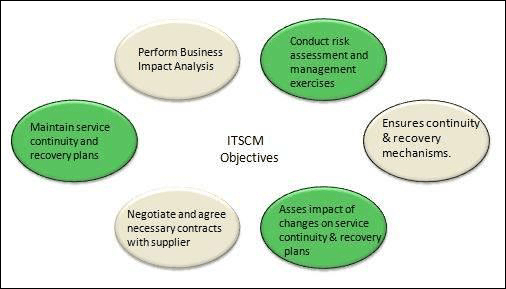
Conclusion:
Service design is the activity of planning and organizing a business’s resources (people, props, and processes) in order to (1) directly improve the employee’s experience, and (2) indirectly, the customer’s experience.




